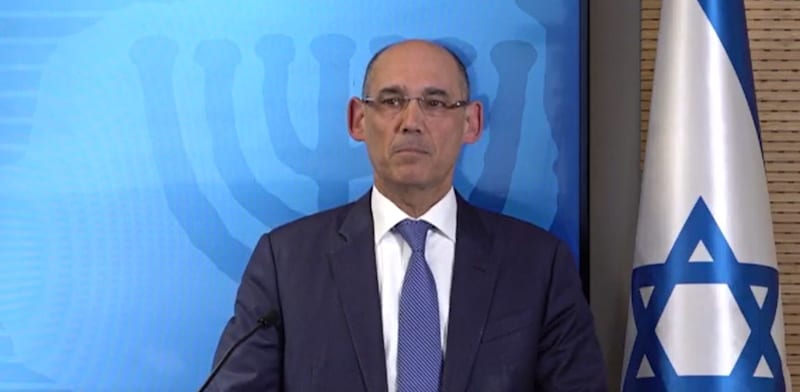For the first time in nearly two years, and as expected, the Bank of Israel Monetary Committee has decided to cut the bank’s key interest rate by 0.25% to 4.25%.
The bank thus joins, some would say belatedly, the many countries that have started reducing interest rates in recent months, chief among them the US Federal Reserve, the European Central Bank, and the Bank of England.
The main factors cited in the announcement of the Monetary Committee’s decision are moderation of the annual inflation rate to 2.5%; economic growth below the long term trend, despite a sharp increase in economic activity in the third quarter; a decline in home prices in October for the seventh consecutive month; a decline in Israel’s risk premium; and appreciation of the shekel since the previous interest rate decision by 1.3% against the US dollar, by 2.9% against the euro, and by 2.2% in terms of the nominal effective exchange rate.
The Bank of Israel notes however that the labor market remains tight, and that the ratio between the number of job vacancies and the number of unemployed remains high and the pace of wage increases continues to rise.
Commenting on the announcement, Mizrahi Tefahot Bank chief markets economist Ronen Menachem said, “For a long time there has not been such widespread agreement that the interest rate would fall, and there were those who did not rule out a cut of 0.5%. Nevertheless, there are many question marks over the timing and pace of future cuts. According to the Bank of Israel’s current macro forecast, the interest rate will fall by only 0.5% by the final quarter of 2026. By comparison with the previous interest rate announcement on September 29, the latter part of today’s announcement gives an improved description of the situation, in that the political uncertainty goes from being a given to a factor subject to developments. And whereas the previous time the talk was of inflation converging on the target, now it is stated that the focus is on price stability. On the other hand, fiscal policy does not go unmentioned, and we see its importance increasing.
“This time around, the Bank of Israel added to its explanation the increasing pace of wage rises and repeated that the labor market is tight. Local stock indices also stood out positively in comparison with the rest of the world. This was not mentioned the previous time. On the face of it, the strength of economic growth in the third quarter does not tell of an urgent need to cut interest rates faster.
“The next interest rate decision will be announced on January 5, 2026, and it will be accompanied by a new macro economic forecast. This will be very important for the steepness of interest rate cuts in 2026.”
Other analysts have expressed similar doubts about whether today’s interest rate cut presages a rapid downward trend in the rate. Meitav chief economist Alex Zabezhinsky writes however: “The level of the interest rate in various countries in the past decade has been inversely linked to the strength of the currency. The stronger the currency, the lower the interest rate. Unless some extraordinary event happens, the shekel will continue to strengthen and put pressure on the Bank of Israel to bring its interest rate down to a lower level.”
Published by Globes, Israel business news – en.globes.co.il – on November 24, 2025.
© Copyright of Globes Publisher Itonut (1983) Ltd., 2025.


























